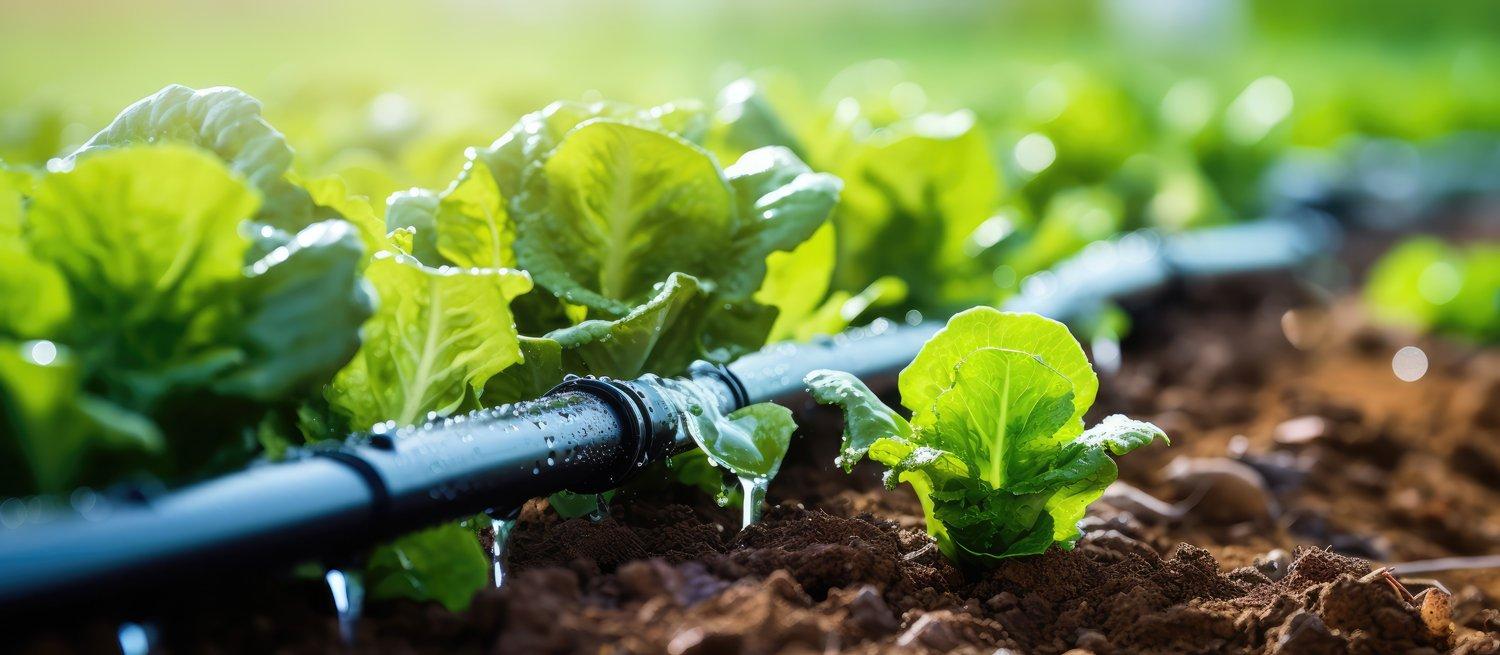Boost Your Garden’s Efficiency with Drip Irrigation Techniques

Introduction
A well-maintained garden requires an efficient watering system to ensure healthy plant growth while conserving water. Drip irrigation is a modern and highly effective method that delivers water directly to plant roots, reducing waste and promoting sustainability. Unlike traditional irrigation systems, drip irrigation provides a controlled and steady supply of water, ensuring plants receive the right amount of moisture without excess runoff or evaporation. Whether you are managing a home garden or a commercial farm, implementing the right irrigation techniques can significantly improve efficiency and plant health.
Understanding Drip Irrigation and Its Benefits
Drip irrigation is a system that delivers water through a network of tubes and emitters, providing moisture directly to the soil at the base of each plant. This technique minimizes water loss and enhances absorption, making it one of the most efficient irrigation systems available.
Key Benefits of Drip Irrigation:
- Water Conservation – Reduces water usage by up to 70% compared to traditional methods.
- Improved Plant Health – Ensures that water is delivered at the root level, preventing water stress.
- Reduced Soil Erosion – Unlike sprinkler irrigation systems, drip irrigation prevents soil displacement.
- Minimized Weed Growth – By targeting water delivery, unwanted weeds receive less moisture.
- Low Maintenance – Once installed, a drip irrigation system requires minimal upkeep.
How to Set Up a Drip Irrigation System
Setting up a drip irrigation system involves careful planning to maximize efficiency. Here’s a step-by-step guide to help you install your own drip watering system:
1. Plan Your Layout
Determine the areas where water is needed. Identify the plants that require irrigation and create a blueprint for the system.
2. Choose the Right Components
Invest in high-quality tubing, emitters, connectors, and filters to ensure long-term durability. A proper water filtration system will help prevent clogs and ensure smooth water flow.
3. Install Tubing and Emitters
Lay the tubing along the plant rows and insert emitters at the base of each plant. Ensure that the spacing is adequate for uniform water distribution.
4. Connect to a Water Source
Attach your drip irrigation system to a water supply, such as a hose, tank, or main pipeline. A pressure regulator may be required to maintain optimal water flow.
5. Test the System
Run water through the system and check for leaks or blockages. Adjust emitter placement if necessary to ensure all plants receive adequate moisture.
6. Maintain Regularly
Clean filters, check for leaks, and inspect emitters periodically to keep your drip watering system running smoothly.
Drip Irrigation vs. Sprinkler Irrigation Systems
Both drip irrigation and sprinkler irrigation systems are effective watering methods, but they serve different purposes. Understanding the key differences will help you choose the best system for your garden.
Drip Irrigation System:
- Directly delivers water to plant roots.
- Reduces evaporation and runoff.
- Requires water filtration to prevent clogging.
- Ideal for vegetable gardens, flower beds, and greenhouses.
Irrigation Sprinkler System:
- Distributes water over a large area through overhead sprays.
- Best suited for lawns, landscapes, and large fields.
- Requires more water pressure compared to a drip irrigation system.
- Works well for landscape irrigation and general garden watering.
Using an Irrigation Sprinkler System for Lawn and Garden Care
While drip irrigation is ideal for targeted watering, an irrigation sprinkler system is better for broad coverage. A water sprinkler for garden helps maintain lush green lawns by evenly distributing water across large areas. Modern sprinkler systems come with automated timers, ensuring that your garden receives consistent hydration without manual effort.
Types of Sprinkler Irrigation Systems:
- Rotary Sprinklers – Best for large lawns and fields.
- Fixed Spray Sprinklers – Ideal for smaller garden spaces.
- Drip-Spray Combination – Provides a mix of direct and overhead watering.
Optimizing Water Usage with Drainage Systems
Efficient irrigation requires proper drainage to prevent waterlogging. Installing drainage systems ensures that excess water is redirected, protecting plant roots from rot and disease. A well-designed landscape irrigation setup incorporates both drip irrigation and sprinkler irrigation systems, along with effective drainage solutions.
Conclusion
Maximizing your garden’s efficiency starts with choosing the right irrigation systems. Whether using drip irrigation for precise watering or an irrigation sprinkler system for larger areas, both methods contribute to healthier plants and water conservation. For those growing crops in a green house, a drip irrigation system offers controlled hydration, ensuring optimal plant growth. By integrating modern watering techniques, you can achieve a thriving garden while reducing water waste and maintenance costs.
- Art
- Causes
- Crafts
- Dance
- Drinks
- Film
- Fitness
- Food
- Spiele
- Gardening
- Health
- Home
- Literature
- Music
- Networking
- Other
- Party
- Religion
- Shopping
- Sports
- Theater
- Wellness


